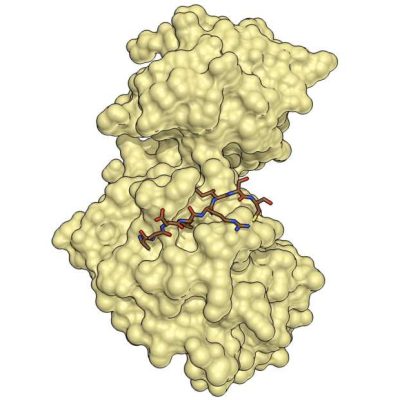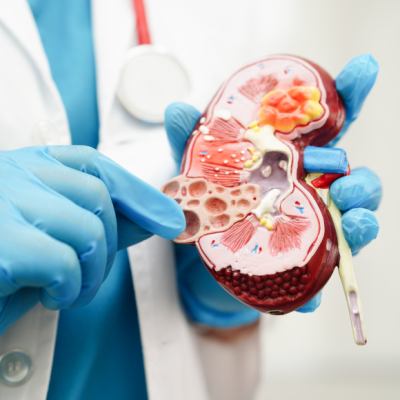A new drug has been developed that reduces the positive effects of cannabis, allowing drug addicts to significantly reduce their consumption without experiencing withdrawal symptoms. The drug, called AEFO117, compensates for the high caused by tetrahydrocannabinol (THC), reducing the impact of cannabis on regular users without affecting the brain’s type-1 cannabinoid receptors, which control memory, sleep, and appetite. The drug is the first of its kind in the new pharmacological class CB1-SSi, which uses a unique mechanism to inhibit the cellular signals of cannabis use disorder (CUD).
Researchers from the Columbia University Irving Medical Center and French biopharmaceutical company Aelis Farma conducted a clinical phase-2a crossover study with 29 CUD patients. The participants were given either one of two doses of AEFO117 or a placebo for five days. The drug reduced the cannabis-related positive mood effects by an average of 38%, leading to a reduction in cannabis consumption without any withdrawal symptoms. The drug’s unique mechanism of action, which inhibits cellular signals, is different from previous CB1 receptor antagonists that affected all CB1 receptor activities and caused severe side effects.
Further studies with larger groups of participants are needed before the drug can be used in clinical practice. If successful, the company can apply for FDA approval in the US, where approximately 14 million people suffer from CUD. The drug’s discovery is the result of over a decade of research by Dr. Pier Piazza and his team at Aelis Farma, who are excited to contribute to a new class of drugs that have never been tested on humans before.
In conclusion, the development of AEFO117 is a significant breakthrough in the treatment of cannabis addiction. The drug’s unique mechanism of action and lack of side effects make it a promising candidate for future clinical use. However, further studies are needed to confirm its efficacy and safety before it can be widely used.










